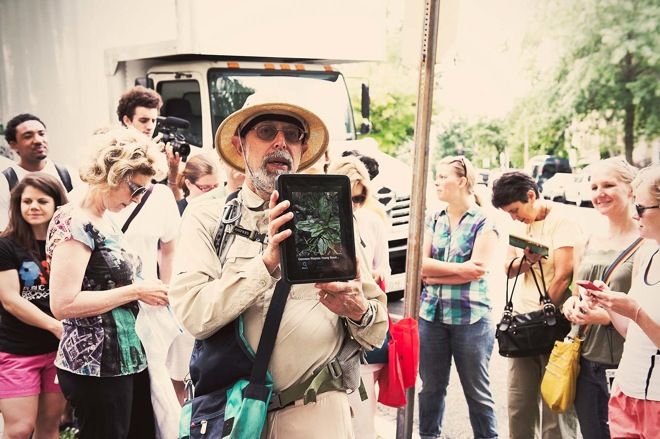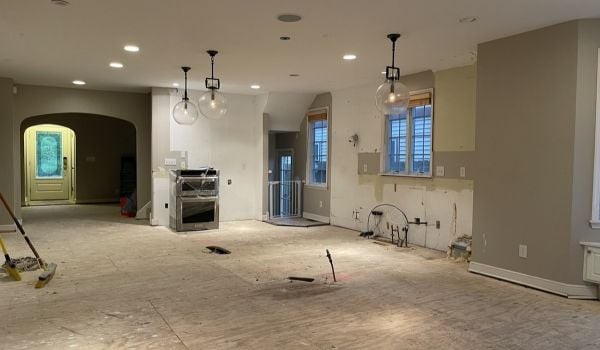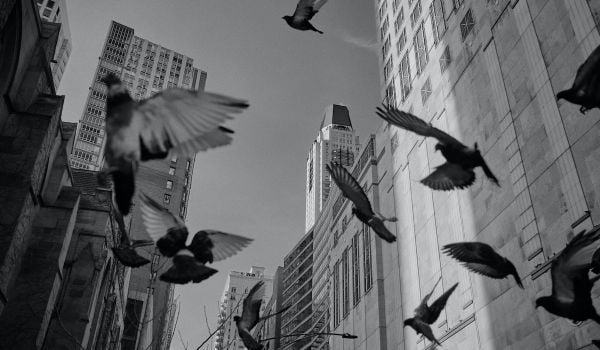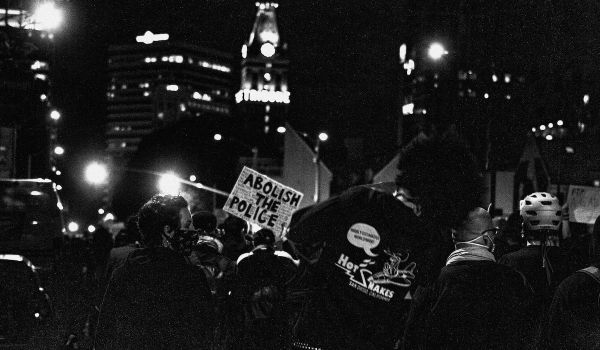July 9th through 16th marked the first ever “Eat Local First Week” in Washington, DC – a week dedicated to celebrating and showcasing the array of local food in the Washington area. Think Local First, an organization dedicated to promoting sustainable and local economic development, organized the week to launch their food campaign. Events included a pig roast, vegan food demonstration, and edible garden tour. The culmination of the week was the “Farm-to-Street” block party, where patrons enjoyed art, music, and food – all from Washington, DC.
After learning about the week, I immediately looked up the list of events and fixated on the “Back Road Foraging Tour,” which happened to take place in my neighborhood. Ever since I completed Omnivore’s Dilemma, I thought it would be fun, though not very practical (and probably dangerous), to forage for food. I decided to channel my inner Michael Pollan, sign up for the tour, and chronicle my experience.
Roadside Food Projects, a new organization that serves as a vehicle to “move food forward” through innovative food projects, organized the tour. According to the organization’s president, Nick Wiseman, Roadside Food Projects strives to give a platform to the “unsung heroes of the food movement” who are in the trenches every day. I reached Wiseman while he was on a ranch in rural Montana, 5 hours away from the nearest city, to ask him what I was getting myself into. When Think Local First approached him about doing an event for Eat Local First Week, Wiseman and his team wanted to put a new lens on the urban environment, and do something less expected.
“There’s sort of an innate fear of wild food – we walk in the supermarket with the total comfort that we know where the food’s coming from. And it’s sort of a veiled security,” he said. “I think what we’ve tried to do is take off the veil of wild food being dangerous and sort of reimagine our relationship with wild food.”
The following week, when I arrived for the tour, I immediately spotted our guide. “Wildman” Steve Brill looked exactly how I expected. His gray beard and general air gave the impression that he may have once been a student protester in the ‘60s (he later confirmed this while discussing his relationship with DC police) and his khaki outfit and safari hat signified that he believed this truly was an adventure. “Everyone, walk this way!” he shouted as he began meandering the sidewalk as if his legs were made of rubber. Brill was equipped with an ipad as well as endless jokes where plants meet politics (if you inhale burning poison ivy, it can kill you. Bill Clinton is the only person who is immune. He doesn’t inhale!).
Within seconds he spotted our first snack: yellow woodsorrel. It looked like weeds, but I gave it a try. It was very lemony, and apparently full of vitamin C, but I didn’t need to go back for seconds. So far I wasn’t poisoned, but the tour was what I suspected – a sort of taste test, but no chance that any of the plants would fill up my plate one day. After taking a few more steps, we stumbled upon lamb’s quarters, which has a spinach-like flavor. It was actually really good. In fact, an entire salad of this sidewalk find would be delicious. This is when I got into it. There was actual food around us, and Brill was like a walking encyclopedia of plants and their perfect recipes. He told us stories about how the plant’s got their names, their relationship to other plants and animals, and showed us pictures of the plants in full bloom through an ipad app he created.
He then pointed out some epazote, which is often used in Mexican cooking, and is particularly good in beans and guacamole. Some of us discovered a whole patch of it on the sidewalk and immediately began picking some as if we had stumbled upon a ‘buy one, get one free’ sale at the supermarket. Some of my fellow tour goers were foraging veterans while others were completely new. As the tour was winding down, I spoke to some of the people around me to figure out what prompted them to come, and what they thought of the tour.
“I’m Interested in learning more about my surroundings,” said Peter Liebenthal, a Chinese herbalist. “I thought this would [help me] identify certain plants, especially ones you can use medicinally.”
Patricia Chaupis, 22, was surprised by how many plants were available for our consumption. “I guess I just never noticed the differences between the different green growth along the sidewalk. I kinda thought it was all the same plant, so I was surprised at how many different types there were – that they have such different tastes.”
Between the two tours that took place, over 100 people foraged for food that day. At the end of the tour, Pleasant Pops, a sustainable popsicle company found at the Mt. Pleasant Farmer’s Market, treated us to popsicles made from foraged wineberries and mint. They were delicious, especially after a couple hours in the DC summer heat. After the tour concluded, I walked away with a popsicle in one hand, a hand full of epazote in the other, and the veil on wild food lifted.

Tracey Ross, Associate Director of the All-In Cities Initiative at PolicyLink, works with cities across the country to adopt policies and practices to promote racial inclusion and equitable growth. Prior to joining PolicyLink, Tracey worked at the Center for American Progress focused on urban poverty and environmental justice, and at Living Cities on place-based efforts. In 2012, she was selected as a “Next Vanguard,” Next City’s recognition of 40 urban leaders under 40. Her writing has appeared in The New York Times, ESSENCE, The Washington Post, The Root, The Nation, EBONY.com, and ThinkProgress.


_600_350_80_s_c1.jpg)













